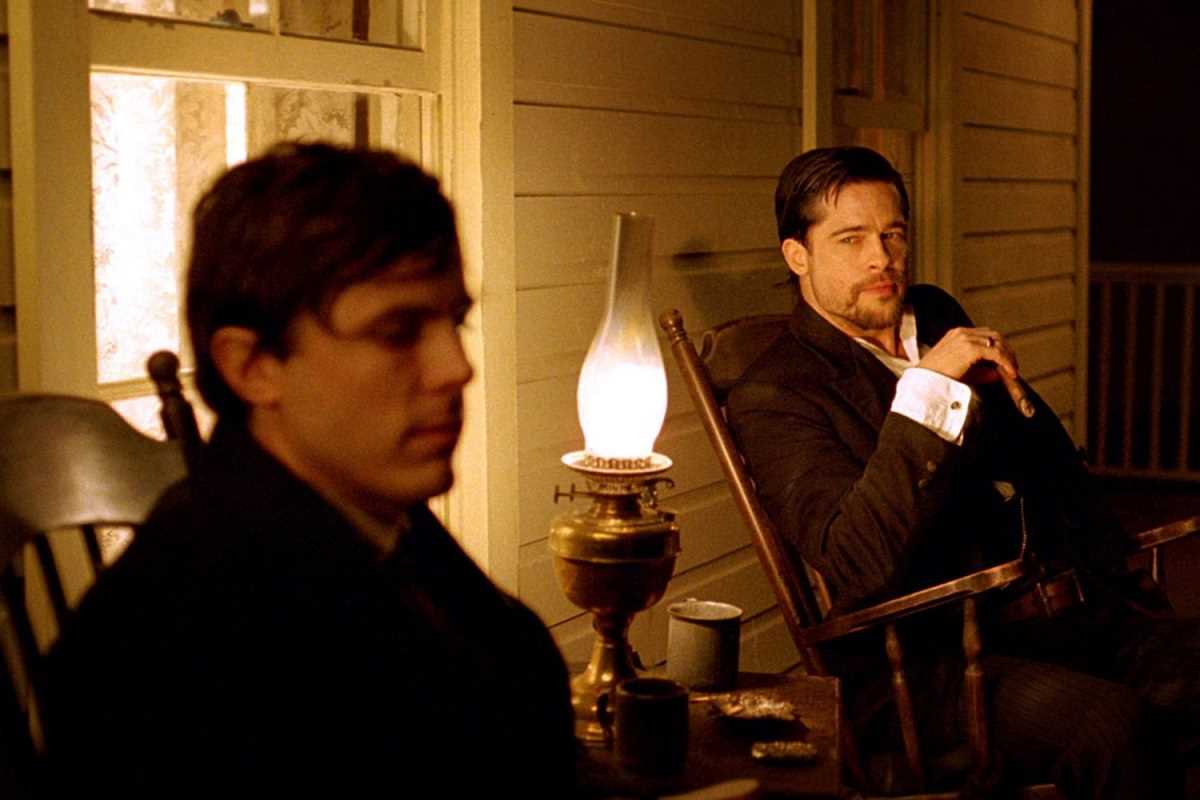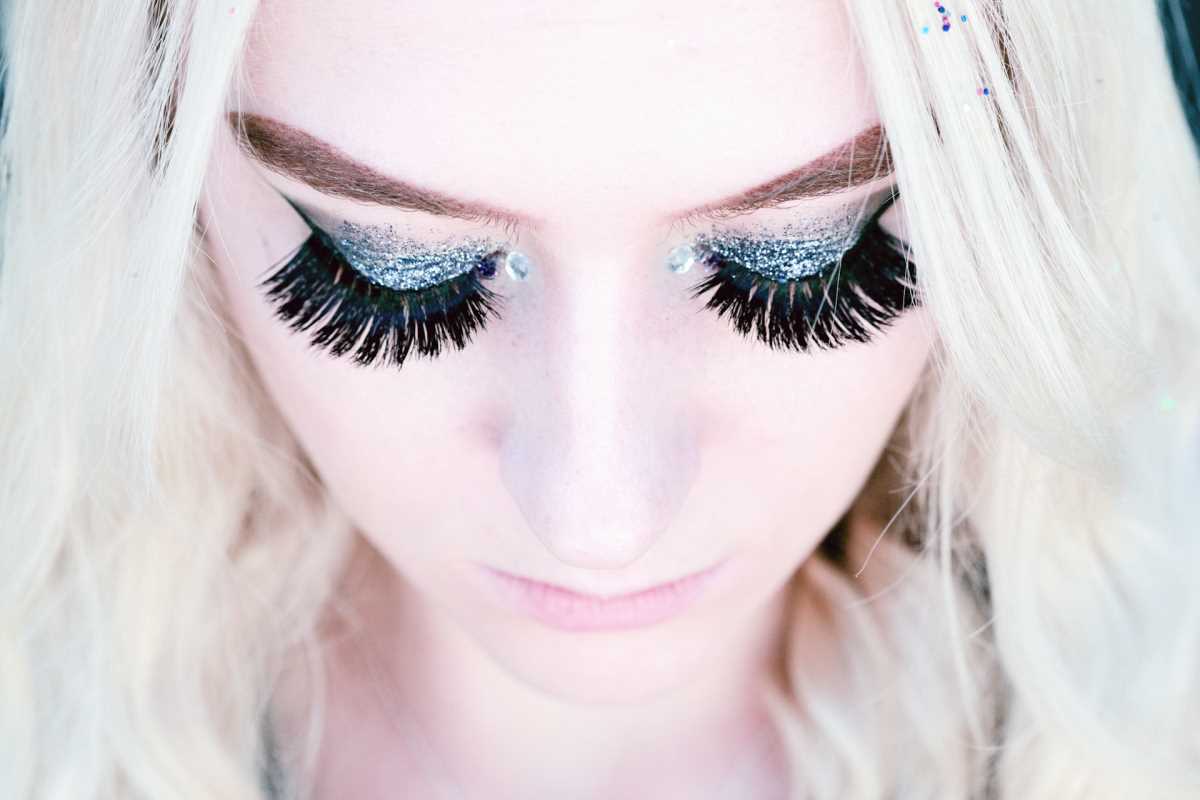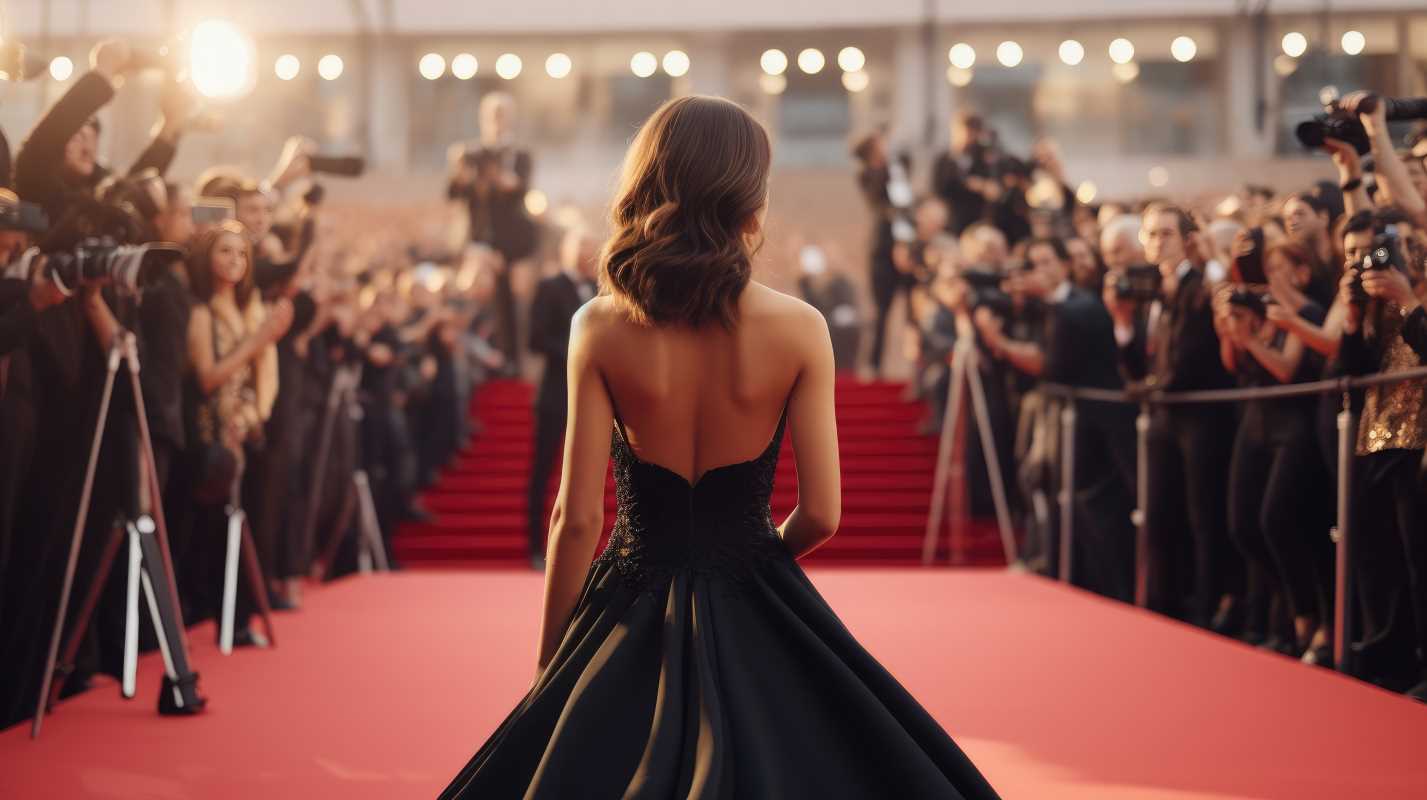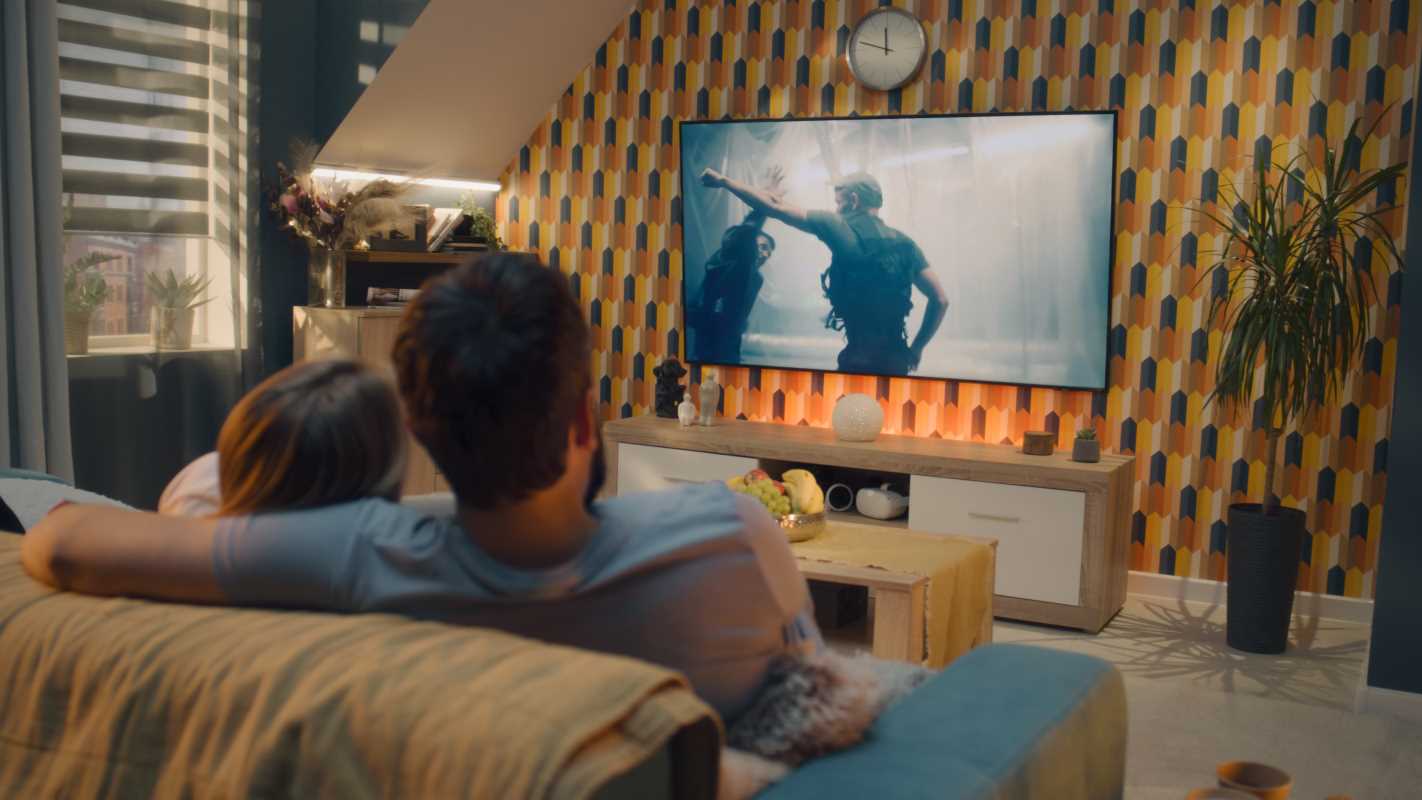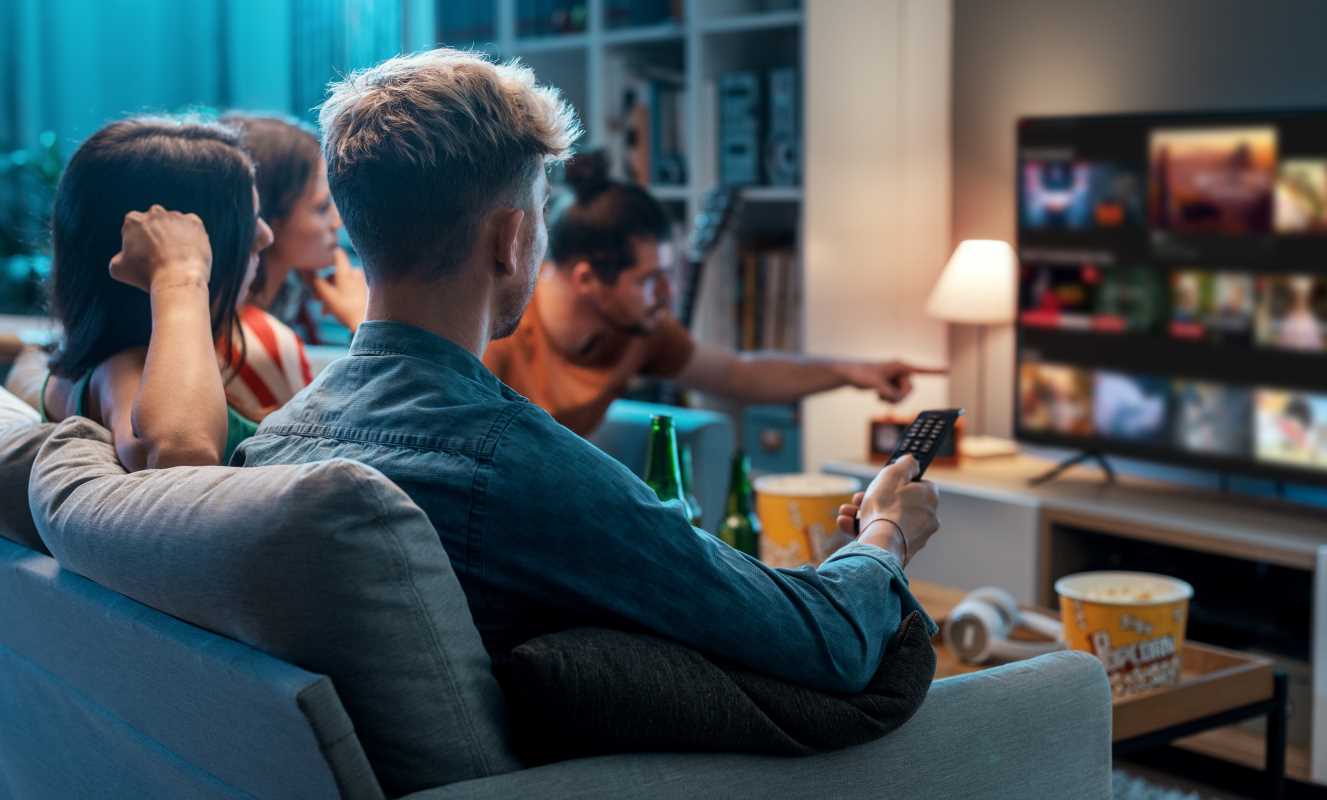Media representation can shape perceptions, spark conversations, and pave the way for a more inclusive society. For neurodivergent individuals—including those with autism, ADHD, dyslexia, and other neurological differences—authentic storytelling is not just about visibility; it’s about breaking stereotypes, fostering understanding, and celebrating diversity. Yet, their stories have often been sidelined, misrepresented, or told through a narrow, stereotypical lens for far too long. Neurodivergent storytelling has the potential to challenge these portrayals and create room for richer, more inclusive narratives. But what exactly does that look like, and how can media creators do better? Let's explore the significance of neurodivergent representation, examine examples of storytelling done right, and lay out actionable steps for creating more authentic and empowering narratives.
Why Neurodivergent Representation Matters
Media influences the way people see themselves and others. When neurodivergent individuals are portrayed authentically, it provides validation, fosters empathy, and breaks down harmful misconceptions. On the flip side, misrepresentation can reinforce stereotypes and deepen misunderstandings.
Breaking Down Stereotypes
Many neurodivergent characters in media fall into oversimplified tropes. For instance, characters with autism are often portrayed as socially disconnected savants, while those with ADHD are reduced to comic relief due to their hyperactivity. These representations fail to capture the nuances and diversity within neurodivergence. By challenging these simplistic portrayals, authentic storytelling can humanize neurodivergent experiences and showcase individuality.
Fostering Empathy and Understanding
When done well, storytelling allows audiences to step into someone else's shoes. Neurodivergent narratives can offer valuable insight into experiences that many people may not be familiar with, helping to foster empathy and dismantle stigma.
Empowering Neurodivergent Audiences
Seeing relatable, well-rounded characters can empower neurodivergent individuals by showing that their voices and experiences matter. The media can inspire confidence, celebrate differences, and validate identities.
Successful Examples of Neurodivergent Storytelling
Some movies, TV shows, and books have begun to rise to the challenge of representing neurodivergent characters authentically, and the impact has been profound.
1. Renee York in “Everything’s Gonna Be Okay”
The TV series Everything’s Gonna Be Okay features Matilda, a neurodivergent character played by the neurodivergent actress Kayla Cromer. Matilda’s storyline highlights her complexity, interests, and relationships, going beyond tired stereotypes. The series’ nuanced portrayal was lauded for its representation and for featuring neurodivergent talent on and off-screen.
2. “Loop” by Pixar
Pixar’s short film Loop is about a non-speaking autistic girl named Renee. This story's dedication to perspective sets it apart, showcasing communication through Renee’s sensory world. The project was guided by input from neurodivergent consultants, ensuring that authenticity remained central to the storytelling.
3. Neurodivergent Creators Behind the Scenes
It’s not just about on-screen characters. Neurodivergent creators bring valuable perspectives to the table. For example, Greta Thunberg’s documentary I Am Greta offers a raw and inspiring look into the autism activist’s mind, told on her own terms. Similarly, author and advocate Helen Hoang’s books—including The Kiss Quotient series—are lauded for weaving experiences of autism into her characters with relatable authenticity.
These examples underscore how centering neurodivergent voices, both in front of and behind the lens, is the key to storytelling that moves beyond tokenism and into true inclusion.
Steps Toward More Inclusive Storytelling
To create better neurodivergent representation, media creators must commit to authenticity, collaboration, and accountability. Here are actionable suggestions to help foster positive change in storytelling practices.
1. Collaborate with Neurodivergent Individuals
Representation starts with inclusion behind the scenes. Media creators should involve neurodivergent people as writers, directors, consultants, or actors to bring lived experiences into storytelling. For example, consulting with neurodivergent advocates can help ensure that storylines, dialogue, and character behaviors are realistic and respectful.
2. Avoid Stereotypes
Move away from reductive archetypes such as the “genius savant” or the “quirky but socially awkward comic character.” Neurodivergence varies widely, and characters should reflect this diversity. Explore their full personalities, strengths, and challenges rather than using their neurodivergence as the sole defining trait.
3. Focus on Intersectionality
Neurodivergence intersects with other aspects of identity, such as race, gender, and socioeconomic background. Creators should prioritize telling stories that reflect these layered realities to avoid one-dimensional narratives.
4. Normalize Neurodivergent Experiences
Not every story about neurodivergence needs to center on challenges or extraordinary achievements. Sometimes, simply showing neurodivergent characters living their lives can disrupt harmful assumptions. This approach normalizes their experiences and highlights their humanity.
5. Prioritize Accessibility
Ensure your media is accessible for neurodivergent audiences. Use clean visual designs, subtitles, and sensory-friendly formats. For instance, providing advance notice about potentially triggering scenes (like flashing lights) can make films and shows more inclusive.
6. Encourage Self-Representation
Whenever possible, create spaces for neurodivergent individuals to tell their own stories. Creative projects led by neurodivergent writers, filmmakers, and artists often bring a depth of authenticity that outsiders cannot replicate.



